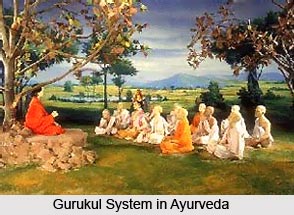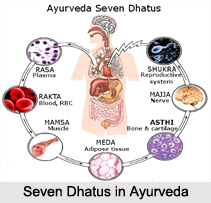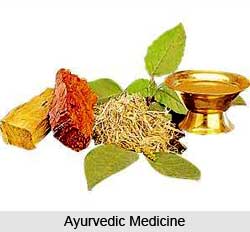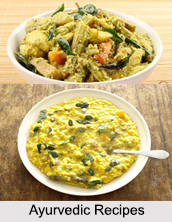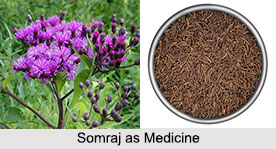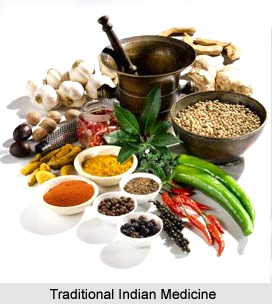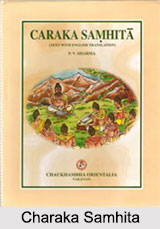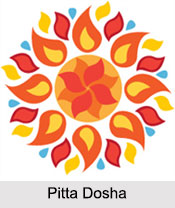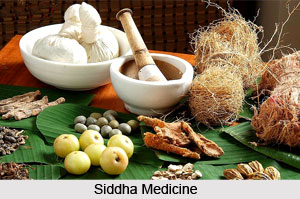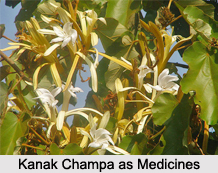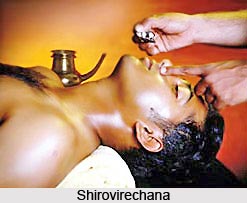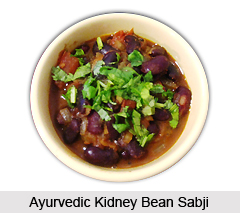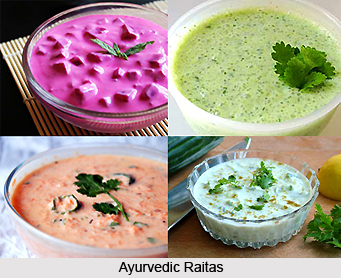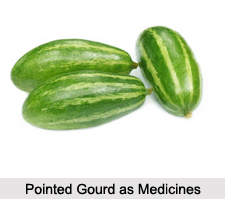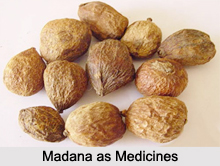 Madana is one of the most commonly used Ayurvedic herbs. Its botanical name is Randia Dumetorum. It is used in the famous Ayurveda Panchakarma procedure called as Vamana.
Madana is one of the most commonly used Ayurvedic herbs. Its botanical name is Randia Dumetorum. It is used in the famous Ayurveda Panchakarma procedure called as Vamana.
The Randia Dumetorum is a small thorny tree common in waste places. The fruit when ripe, looks like a small apple, and has a peculiar sweetish, sickly smell. It is described by Sanskrit writers, as the best or safest of emetics. In fact the ancient Hindus depended chiefly upon this drug for causing emesis.
Dose of Madana in Medicine
One ripe fruit is generally administered for this purpose. It is also used in combination with other medicines, as for example in the following prescription.
Pancha Kashaya: Take Justicia Adhatoda (Vasaka), Acorus Calamus (Vacha), neem bark, leaves of Trichosanthes Dioica (Paola) and bark of Aglaia Roxburghiana (Priyangu) in equal parts, half a seer in all and water 8 seers; boil them together till reduced to one fourth. This decoction is given with the addition of the pulp of Randia Dumetorum for causing emesis.
This article is a stub. You can enrich by adding more information to it. Send your Write Up to content@indianetzone.com
Related Articles
Ayurveda
Ayurveda Medication
Elements of Ayurveda
Concepts of Ayurveda
Ancient Literature of Ayurveda

